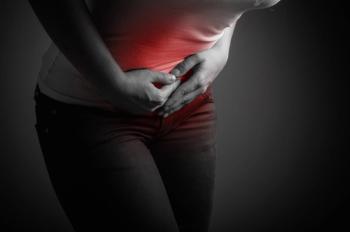
Hysteroscopic removal of IUD in first trimester viable option
Hysteroscopic removal of intrauterine devices (IUDs) during the first trimester is a viable option for patients who wish to continue their pregnancy, according to a presentation at the AAGL 2019 Global Conference.
Hysteroscopic removal of intrauterine devices (IUDs) during the first trimester is a viable option for patients who wish to continue their pregnancy, according to DI Nassie, MD, who presented on this topic at the
Background
Dr. Nassie, of the Helen Schneider Hospital for Women, Rabin Medical Center, Petach Tiqva, Israel, and the Sackler School of Medicine, Tel-Aviv University, noted that while use IUDs has increased in recent years over oral contraceptives, there continues to be inherent failure rates with IUDs, which result in women becoming pregnant with a device in place.
The
Methods
In Dr. Nassie’s study, seven women in the first trimester underwent IUD removal without anesthesia or cervical dilation utilizing a 3.5-mm
Findings
Dr. Nassie reported that all patients went on to have spontaneous vaginal deliveries at term. All infants were reported to be of appropriate weight for their gestational ages. No complications of pregnancy or placentation were reported.
Conclusion
“Hysteroscopic removal of an IUD in the first trimester is a safe option when the strings are not visible. It is not associated, according to our data, with major adverse pregnancy outcomes,” said Dr. Nassie. “This procedure should be offered to gravid women in the first trimester who desire to preserve pregnancy.”
Newsletter
Get the latest clinical updates, case studies, and expert commentary in obstetric and gynecologic care. Sign up now to stay informed.











